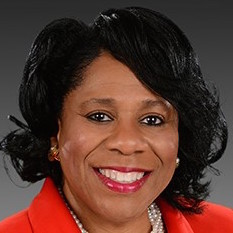 Bluefield State College in West Virginia was founded in 1895 as the Bluefield Colored Institute. After the 1954 Supreme Court ruling in Brown v. Board of Education, the state of West Virginia moved to integrate its public colleges in universities. By 1965, a majority of the 1,116 undergraduates at Bluefield State were white.
Bluefield State College in West Virginia was founded in 1895 as the Bluefield Colored Institute. After the 1954 Supreme Court ruling in Brown v. Board of Education, the state of West Virginia moved to integrate its public colleges in universities. By 1965, a majority of the 1,116 undergraduates at Bluefield State were white.
In the late 1960s there was a great deal of campus unrest and in 1968 a bomb exploded in the physical education building. The blame was directed against Black agitators. As a result, the college closed its campus dormitories, where most of the Black students who were enrolled at the college lived. Thereafter, Bluefield State became a mostly White commuter college. Today, African Americans make up just 10 percent of the student body.
Despite the fact that Whites are a vast majority of the students, the federal government still classifies Bluefield State College as a historically Black educational institution. As a result, the college is able to participate in federal government aid programs that are restricted to nation’s 105 officially designated HBCUs.
Now, Bluefield State has announced plans to build three, 192-bed dormitories over the next 10 years. College officials have stated that they believe the availability of on-campus residence halls would increase student diversity.











